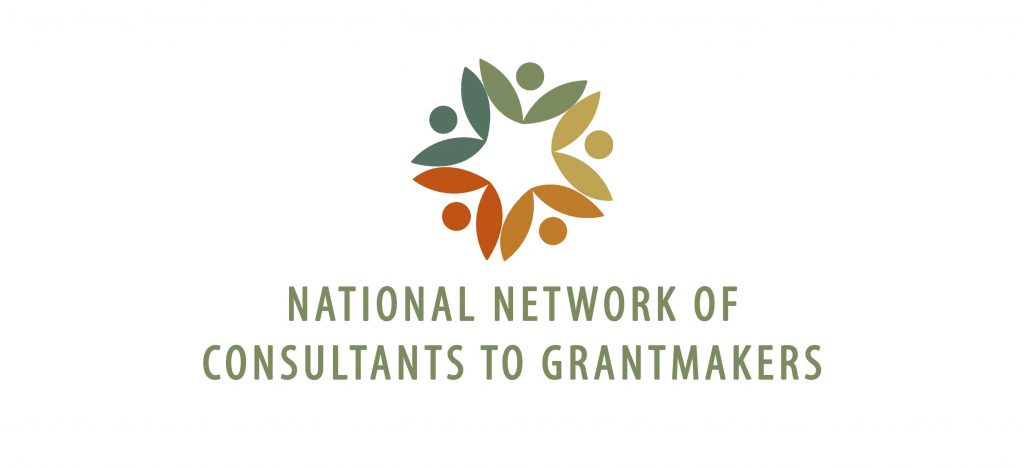 December 9, 2019 – Catherine is a philanthropy consultant with years of experience that included DEI work. In 2017, she was hired as a consultant by a major private foundation. Their work was originally focused on inclusive grantmaking and learning about disability rights and justice, but as the work evolved they recognized the integral part that DEI would play to complement and reinforce the disability grantmaking. Catherine is now a Disability Inclusion Advisor, and has been involved in the recent changes toward inclusion at the Ford Foundation. In the toolkit, Catherine shares 3 key steps a foundation can take to address DEI in its organization.
December 9, 2019 – Catherine is a philanthropy consultant with years of experience that included DEI work. In 2017, she was hired as a consultant by a major private foundation. Their work was originally focused on inclusive grantmaking and learning about disability rights and justice, but as the work evolved they recognized the integral part that DEI would play to complement and reinforce the disability grantmaking. Catherine is now a Disability Inclusion Advisor, and has been involved in the recent changes toward inclusion at the Ford Foundation. In the toolkit, Catherine shares 3 key steps a foundation can take to address DEI in its organization.
With years of experience in philanthropy that included DEI work, Catherine Hyde Townsend has now turned her attention to consulting. Hired as a consultant by a major private foundation in 2017, Catherine’s original focus was inclusive grantmaking and learning about disability rights and justice. These were both great initial steps, Catherine says, but as the work evolved Catherine and her client recognized the integral part that DEI would play to complement and reinforce the disability grantmaking.
Yet in order to move forward, Catherine quickly realized that the institution needed to create a common base of learning, establishing disability as a civil rights issue, identifying disabled people as a powerful community to partner with (not just a “target” community), and clearly defining disability. The foundation also wanted to ensure shared cultural competency around language and interaction with diverse people with disabilities. They needed to examine the structural changes needed to advance DEI throughout all levels of the organization.
Like her client, all philanthropies are in the unique position of helping to reframe the cultural view of disability from a deficit with pejorative medical frames to a welcome and celebrated part of a person’s identity. In fact, Catherine believes that cultural change is the first and most important step in this process.
Here, Catherine shares key steps a foundation can take to address DEI in its organization:
~Make a public, intentional commitment to disability inclusion within DEI.
~Initiate proactive cultural changes to address ableism
- Commit to hiring, mentoring and retaining people with disabilities at all levels of
- Provide cultural competency training to educate staff on the diversity of disability – invisible and visible disabilities.
- Commit to open, honest, judgement-free discussions in which no question is stupid.
- Educate staff using a variety of approaches, taking into account different learning styles and previous levels of
- Ensure all materials, from onboarding documents to agreements with vendors, address disability rights and justice.
- Provide the opportunity and supportive environment for employees to self- identify as disabled and develop a reasonable accommodations
- Demonstrate to existing staff how DEI enhances their current
~Hold the organization and those with which it works to account:
- Invite everyone within the organization at all levels, in either the program or operations side, to be engaged in the work of disability
- Demonstrate how you value employee contributions, no matter how
- Examine venues and systems: while public commitments are important, systematic changes must also be made within to ensure not only accessibility but welcoming
- Require and support grantees to strengthen their own commitment to disability
~Situate the efforts within existing DEI and social justice efforts: Take advantage of the knowledge of staff engaged in addressing race or gender, acknowledging intersecting forms of oppression.
- Catherine recognizes the difficulties inherent in any cultural change. This is especially difficult with DEI, as foundations are trying to change the culture while simultaneously recruiting staff with expertise in disability. But building DEI into the culture and structure of an organization, indeed celebrating disability, is worth the effort. It recognizes the value and dignity in every individual within the workplace. It allows people who have not previously self-identified as disabled to bring their whole selves to work.
- It attracts more people with disabilities to the workplace to make our work better. Ultimately, welcoming and celebrating disability in the workplace leads to happier and more fulfilled, more productive staff and reinforces and supports an organization’s overall approach to DEI.

